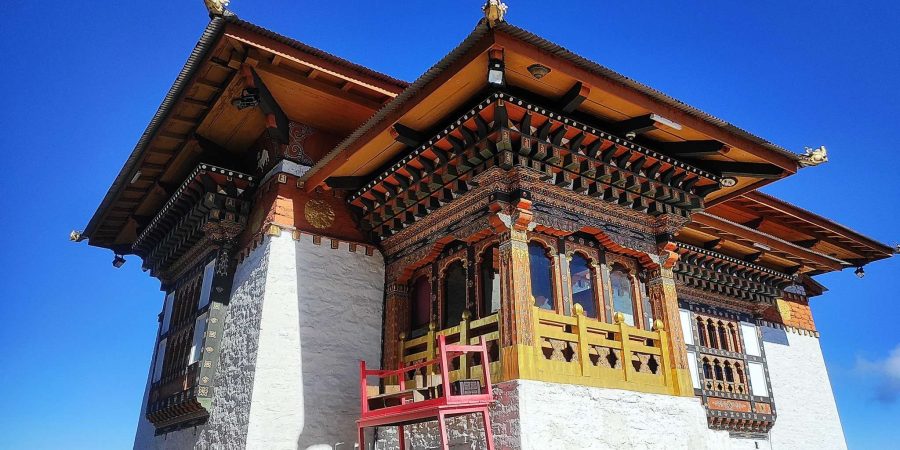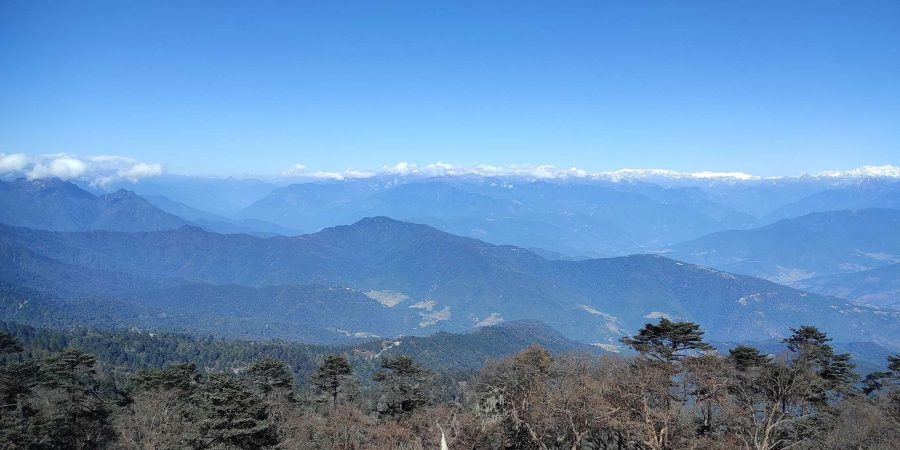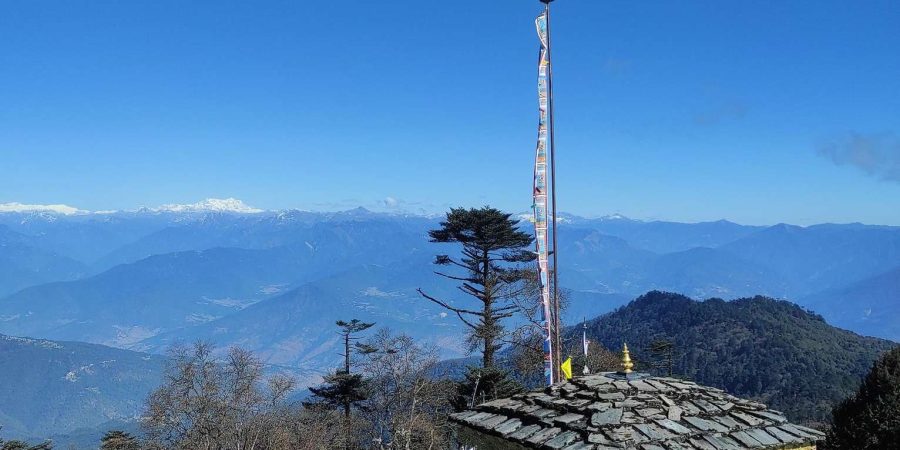Lungchutse: The Sacred Peak of Bhutan’s Ancient Wisdom
At 3,565 meters above sea level, Lungchutse stands as a testament to Bhutan’s profound spiritual heritage, where ancient wisdom meets the clouds. This sacred site, crowned by its historic temple, holds a special place in Bhutanese Buddhism, serving as both a meditation retreat and a natural observatory of the Eastern Himalayas.
The Sacred Temple of Lungchutse
The Lungchutse Temple, perched atop its namesake peak, represents more than just a religious structure. It embodies centuries of Bhutanese spiritual practice, where generations of practitioners have sought enlightenment amidst the thin mountain air. The temple’s location was not chosen by chance – according to local tradition, it marks a point where earth and sky meet, creating an ideal environment for meditation and spiritual practice.
Architectural and Spiritual Significance
The temple’s architecture reflects traditional Bhutanese design principles while adapting to its extreme altitude. Its sturdy walls, built to withstand harsh mountain weather, house sacred artifacts and religious texts. Prayer flags flutter from its corners, sending blessings across the valleys below, while its interior maintains the serene atmosphere essential for meditation and contemplation.
The View from the Sacred Peak
What sets Lungchutse apart is its commanding position offering unparalleled 360-degree views of the Eastern Himalayan range. On clear days, visitors can witness:
- Mount Gangkhar Puensum, Bhutan’s highest peak and the world’s highest unclimbed mountain
- The sacred peaks of the Black Mountains
- Distant valleys of Punakha and Thimphu
- Endless waves of prayer flags creating a colorful tapestry against the mountain landscape
The Journey to Lungchutse
While the paths to Lungchutse – whether from Trashigang Goenpa or Dochula Pass – are significant, they serve primarily as gateways to this sacred destination. The trails themselves reflect Bhutan’s philosophy of spiritual progression, with each step bringing pilgrims closer to both physical and metaphysical elevation.
The Natural Sanctuary
The temple sits within a natural sanctuary of rare Himalayan flora:
- Ancient hemlock forests that have stood guard for centuries
- Rhododendron groves that burst into color during spring
- Medicinal plants used in traditional Bhutanese medicine
- High-altitude wildlife that finds refuge in these protected slopes
Spiritual Practices at Lungchutse
The temple continues to serve its original purpose as a meditation retreat. Practitioners value Lungchutse for several unique characteristics:
- The natural silence at this altitude, broken only by wind and prayer flags
- The clarity of thought that many experience at high elevation
- The physical separation from worldly concerns below
- The presence of sacred energy believed to concentrate at this location
Seasons at Lungchutse
Each season transforms Lungchutse, offering different spiritual and natural experiences:
- Winter brings crystal-clear views and the starkest meditation conditions
- Spring awakens the mountain with rhododendron blooms and returning birds
- Summer shrouds the peak in mysterious clouds and occasional rainbows
- Autumn provides stable conditions and rich golden light
Cultural Impact
Lungchutse’s influence extends beyond its immediate surroundings. It has shaped:
- Local Buddhist practices and pilgrimage routes
- Traditional stories and legends
- Agricultural patterns in nearby valleys
- Conservation efforts in the region
Conservation and Future
Today, Lungchutse faces the challenges of increasing tourism while maintaining its spiritual integrity. Conservation efforts focus on:
- Preserving the original temple structure
- Protecting the surrounding ecosystem
- Maintaining traditional spiritual practices
- Balancing accessibility with preservation
Supporting Elements
While Dochula Pass with its 108 chortens and Trashigang Goenpa with its monastic community are significant sites, they primarily serve as waypoints on the journey to Lungchutse. The same applies to the hiking trails and forests – they are the sacred pathways leading to this elevated sanctuary.



